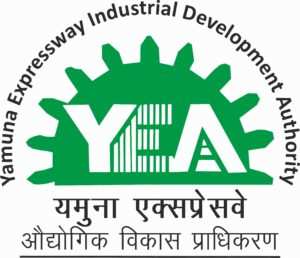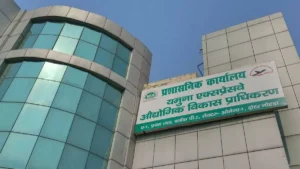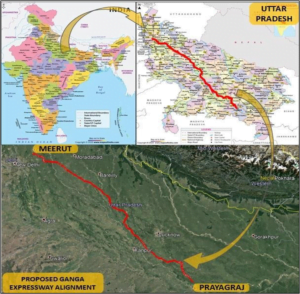The Yamuna Expressway Industrial Development Authority (YEIDA) has announced a toll rate hike for the 165-kilometer stretch between Greater Noida and Agra, effective October 1, 2024. This increase, which is up to 12%, aims to support the toll operator managed by the Suraksha Group, which took over from Jaypee Infratech Limited. The new rates were approved during YEIDA’s recent board meeting.
New Toll Rates
Under the revised toll structure, the rates will rise as follows:
- Two-wheelers, three-wheelers, and registered tractors: Rs 1.50/km (up from Rs 1.25/km)
- Cars, jeeps, and light motor vehicles: Rs 2.95/km (up from Rs 2.60/km)
- Buses and trucks: Rs 4.60/km (up from Rs 4.15/km)
- Heavy vehicles: Rs 14.25/km (up from Rs 12.90/km)
- Oversize vehicles: Rs 18.35/km (up from Rs 16.60/km)
Background on the Hike
Since the expressway opened in 2012, the Uttar Pradesh government allowed yearly toll increases until 2015. After that, YEIDA took over responsibility for managing future toll adjustments. The recent decision is designed to help the Suraksha Group, which has been overseeing toll operations since acquiring Jaypee Infratech Limited. YEIDA’s CEO, Arun Vir Singh, explained that the 12% toll increase covers a three-year period, amounting to an average annual hike of 4% since 2021.
Need for the Hike
The Suraksha Group has been requesting a toll increase for three years to offset the financial losses incurred in managing the expressway. Additionally, the group is committed to reviving Jaypee’s stalled apartment projects, which depends on the additional revenue from toll collections. YEIDA’s board has also instructed the operator to submit traffic forecasts and vehicle data to help anticipate future toll revenues.
Key Takeaways
- The toll rate increase will be in effect starting October 1, 2024.
- The hike is designed to assist the Suraksha Group in managing the expressway operations and fulfilling commitments related to reviving Jaypee’s stalled projects.
- The average annual toll increase comes out to 4% over the past three years.






